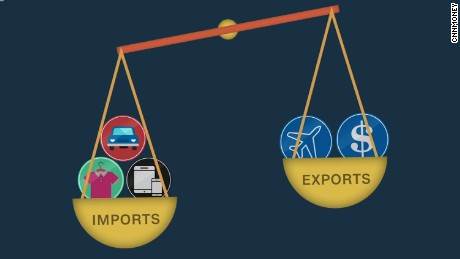Free Courses Sale ends Soon, Get It Now


Free Courses Sale ends Soon, Get It Now



Disclaimer: Copyright infringement not intended.
Context
What is trade deficit?
What Causes a Trade Deficit?
It can be hard to pinpoint the exact cause of a trade deficit. Typically, multiple factors are at play. Here are some of the leading causes of an increase in a country's trade deficit.
Potential Effects of a Trade Deficit
Here are some of the ways a trade deficit can affect a country’s economy.
Lower prices
Weakening currency:
Deflation:
Changes in employment:
Decrease in GDP:
https://www.downtoearth.org.in/news/natural-disasters/at-least-8-dead-in-cloudburst-at-amarnath-cave-in-kashmir-83630
© 2024 iasgyan. All right reserved